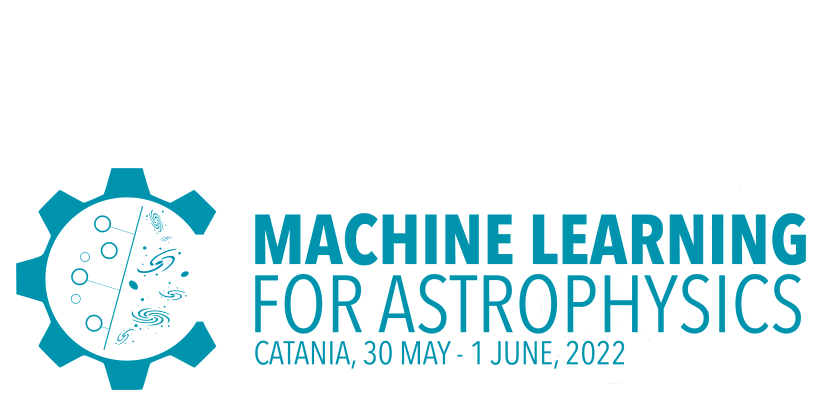Speaker
Description
Time-domain astronomy has reached an incredible new era where unprecedented amounts of data are becoming available. New large-scale astronomical surveys such as the Legacy Survey of Space and Time (LSST) are going to revolutionise transient astronomy, providing opportunities to discover entirely new classes of transients while also enabling a deeper understanding of known supernovae. LSST is expected to observe over 10 million transient alerts every night, at least two orders of magnitude more than any preceding survey. In this talk, I'll discuss the issue that with such large data volumes, the astronomical community will struggle to identify rare and interesting anomalous transients that have previously been found serendipitously. I'll present two methods of automatically detecting anomalous transient light curves in real-time. The first modelling approach is a probabilistic neural network built using Temporal Convolutional Networks (TCNs) and the second is an interpretable Bayesian parametric model of a transient. We demonstrate our methods' ability to provide anomaly scores as a function of time on light curves from the Zwicky Transient Facility. We show that the flexibility of neural networks, the attribute that makes them such a powerful tool for many regression tasks, is what makes them less suitable for anomaly detection when compared with our parametric model. The parametric model is able to identify anomalies with respect to common supernova classes with low false anomaly rates and high true anomaly rates achieving Area Under the Receiver Operating Characteristic (ROC) Curve (AUC) scores above 0.8 for most rare classes such as kilonovae, tidal disruption events, intermediate luminosity transients, and pair-instability supernovae. Our ability to identify anomalies improves over the lifetime of the light curves. Our framework, used in conjunction with transient classifiers, will enable fast and prioritised follow-up of unusual transients from new large-scale surveys.
| Main Topic | Time series analysis, transients |
|---|---|
| Secondary Topic | Anomaly discovery |
| Participation mode | In person |

